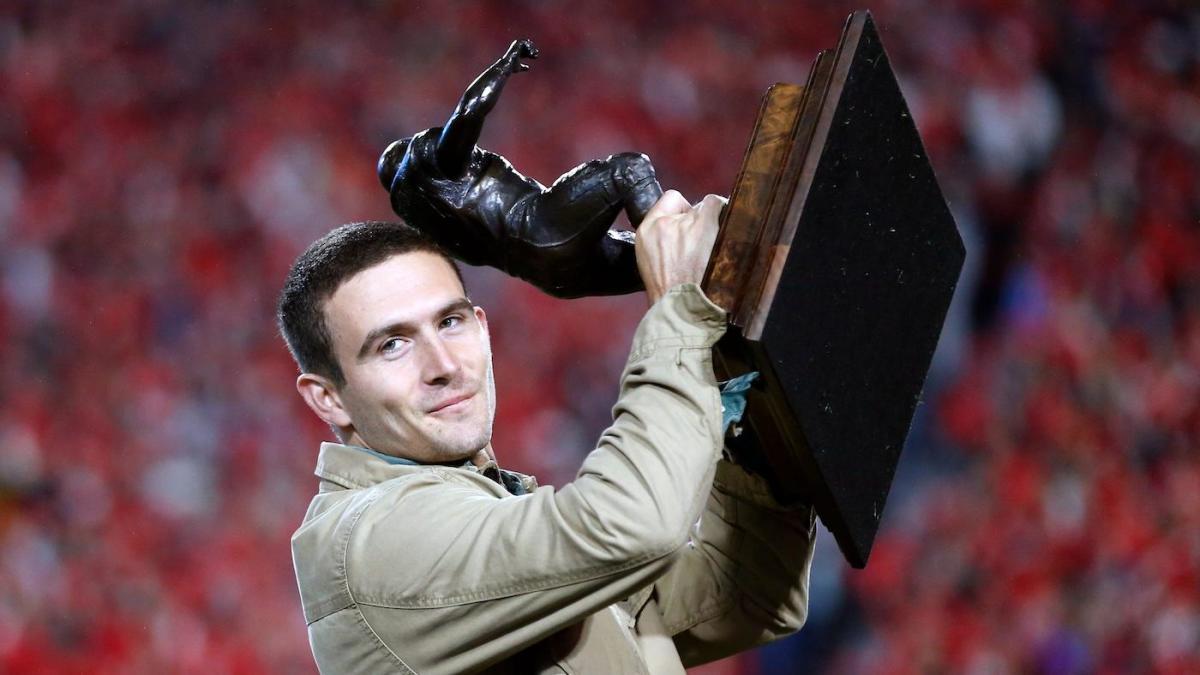99Gopher
Well-known member
- Joined
- Jul 26, 2021
- Messages
- 545
- Reaction score
- 682
- Points
- 93
Well it's official, the college football scholarship limit is moving from 85 to 105 as a result of the House vs NCAA settlement. In addition, that officially eliminates all walk-ons. Everyone on the roster will need to be on scholarship. I heard Chip Scoggins say that in his conversation with Coyle that he had indicated that he told the Boards of Regents that they had no choice but to pay out the full profit-sharing amt of $20M+, which I assume they have no other choice but to fund the additional 20 scholarships as everyone in the B1G will.
However, I just read today's article in the "Athletic" that details all the changes to the scholarship limits for all collegiate sports as a result of the settlement. I have attached the link below if you want to read it. All I can say I know many people on this board are general sports fans and enjoy following a number of teams. However, if you read this article you quickly get a sense of how these new scholarship levels are going to decimate the Olympic sports. As you'll see there are well over 200+ new scholarships added and I assume many colleges are just going to have to cut programs instead of complying. For example, Baseball is going from 11.7 scholarships to 34, Women's Track & Field goes from 18 to 45, M & W Hockey goes from 18 to 26, Swimming (M) 9.9 to 30 & (W) goes 14 to 30. Wrestling (M) 9.9 to 30.
Full Athletic article:

 www.nytimes.com
www.nytimes.com
For those interested, I will include the link to the "College Football Enquirer" podcast hosted by Dan Wetzel, Pat Forde, & Ross Dellenger from Yahoo Sports as they discuss this for about a 1/2 hr.
Safe say the college sports landscape may look a lot different in two years and likely a new model might need to be found to train our Olympic athletes outside of college for some sports.
However, I just read today's article in the "Athletic" that details all the changes to the scholarship limits for all collegiate sports as a result of the settlement. I have attached the link below if you want to read it. All I can say I know many people on this board are general sports fans and enjoy following a number of teams. However, if you read this article you quickly get a sense of how these new scholarship levels are going to decimate the Olympic sports. As you'll see there are well over 200+ new scholarships added and I assume many colleges are just going to have to cut programs instead of complying. For example, Baseball is going from 11.7 scholarships to 34, Women's Track & Field goes from 18 to 45, M & W Hockey goes from 18 to 26, Swimming (M) 9.9 to 30 & (W) goes 14 to 30. Wrestling (M) 9.9 to 30.
Full Athletic article:

105 is college football's new key roster number. What will it change?
The new system allows schools flexibility to decide how many scholarships within the roster limit they want to give out.
For those interested, I will include the link to the "College Football Enquirer" podcast hosted by Dan Wetzel, Pat Forde, & Ross Dellenger from Yahoo Sports as they discuss this for about a 1/2 hr.
Safe say the college sports landscape may look a lot different in two years and likely a new model might need to be found to train our Olympic athletes outside of college for some sports.

